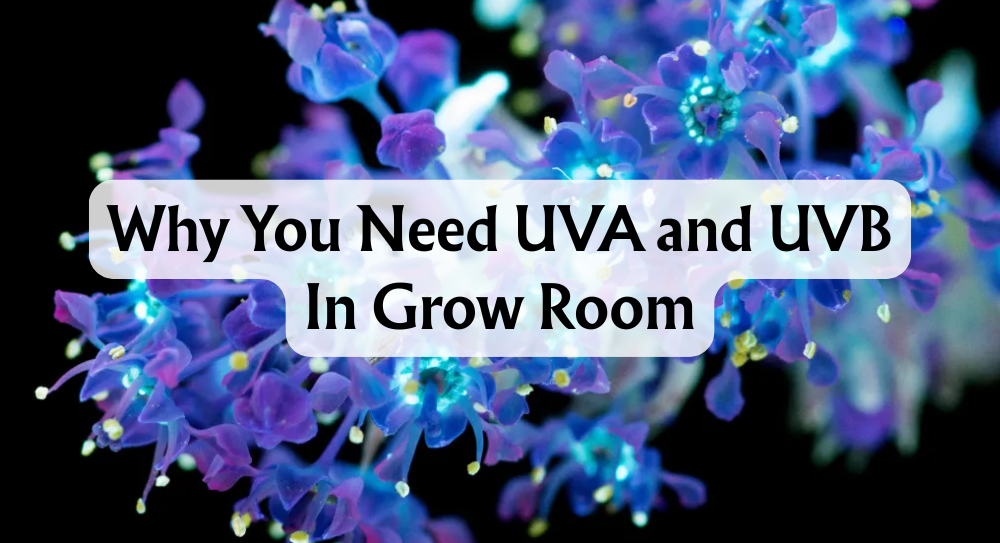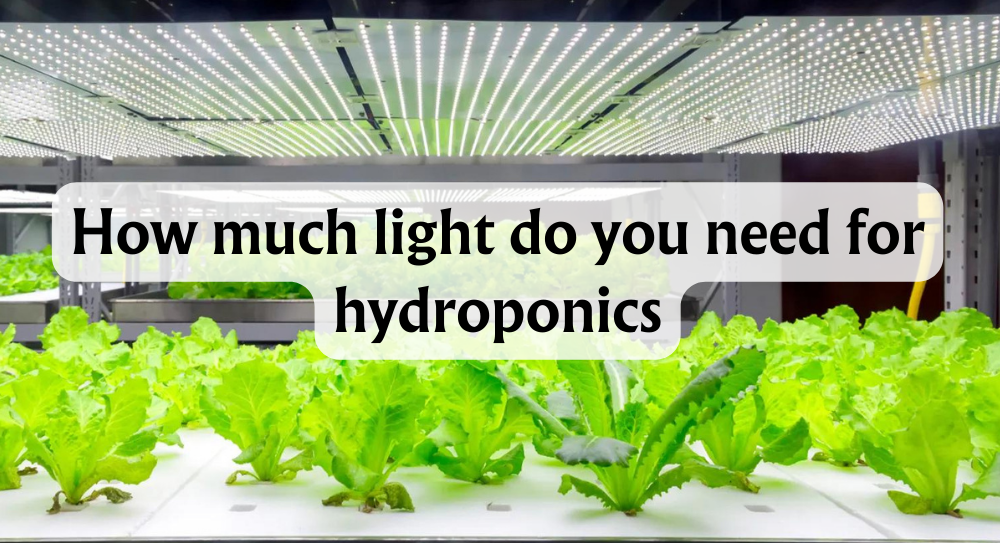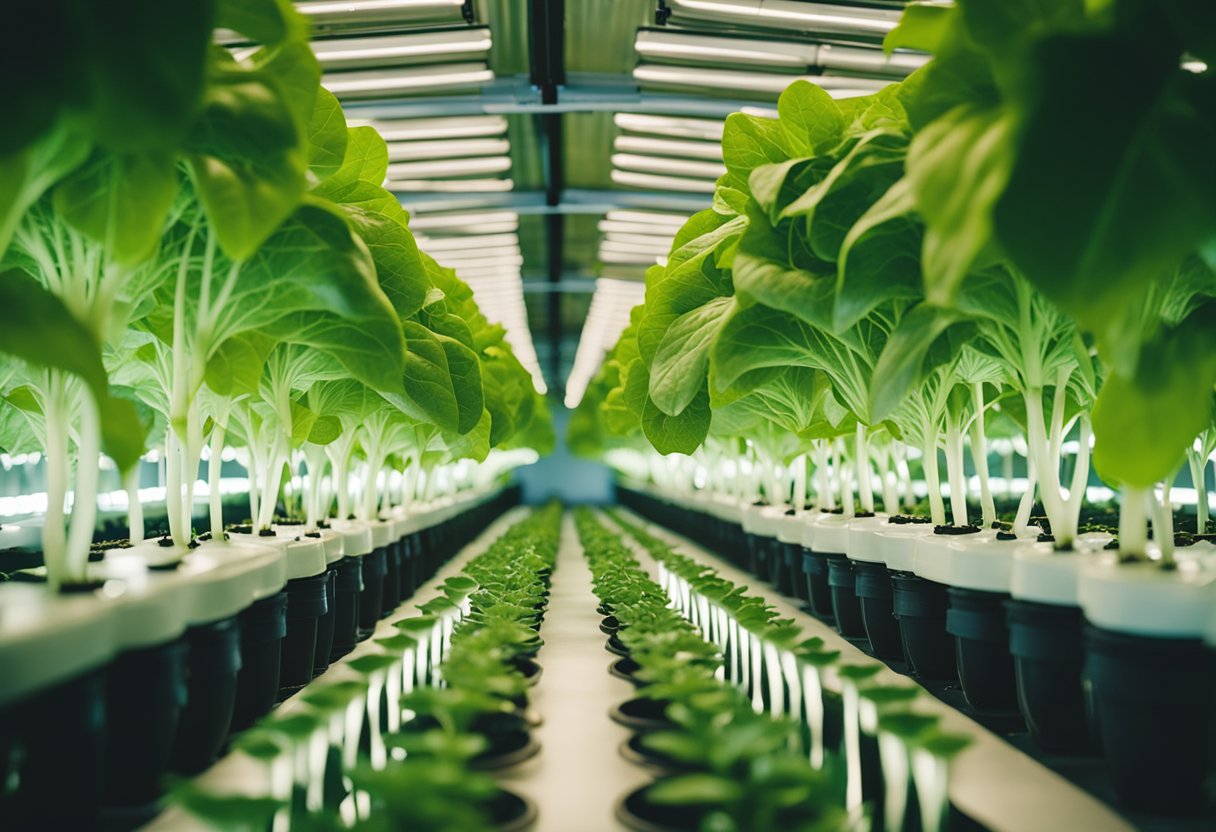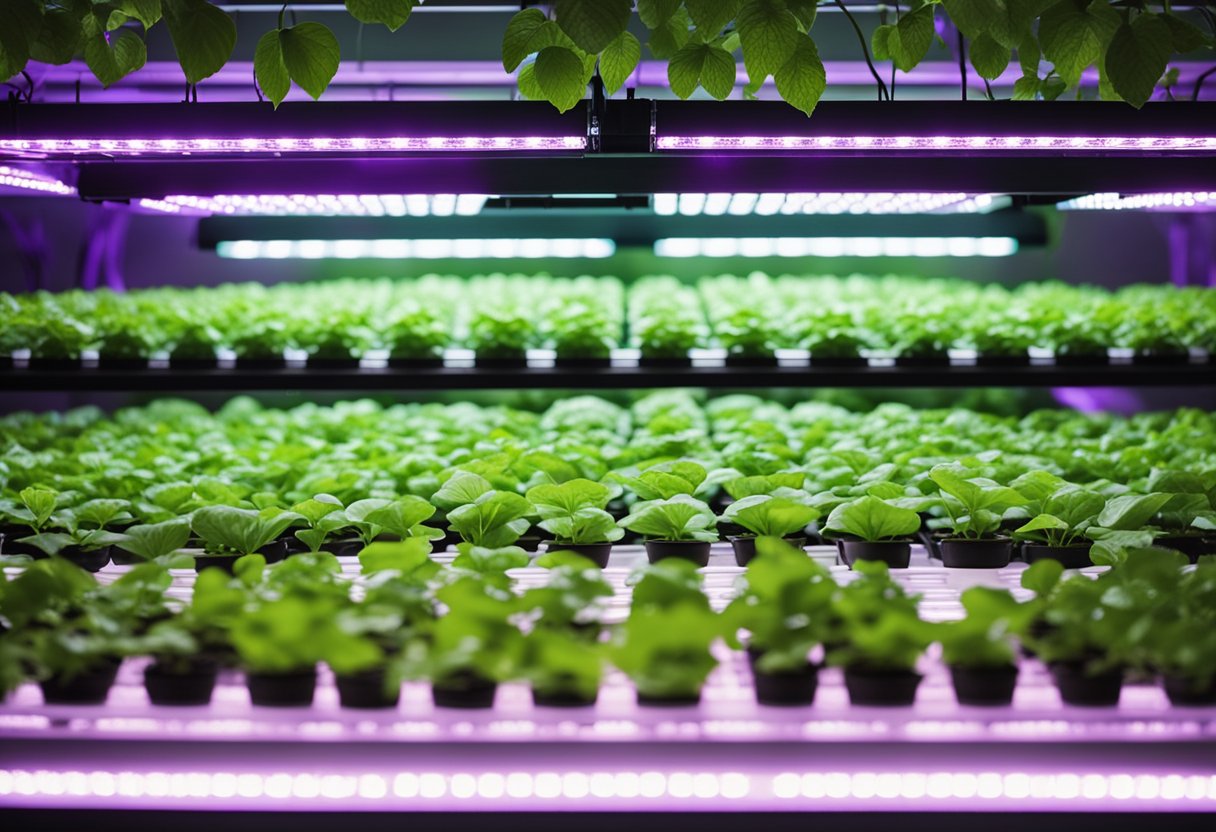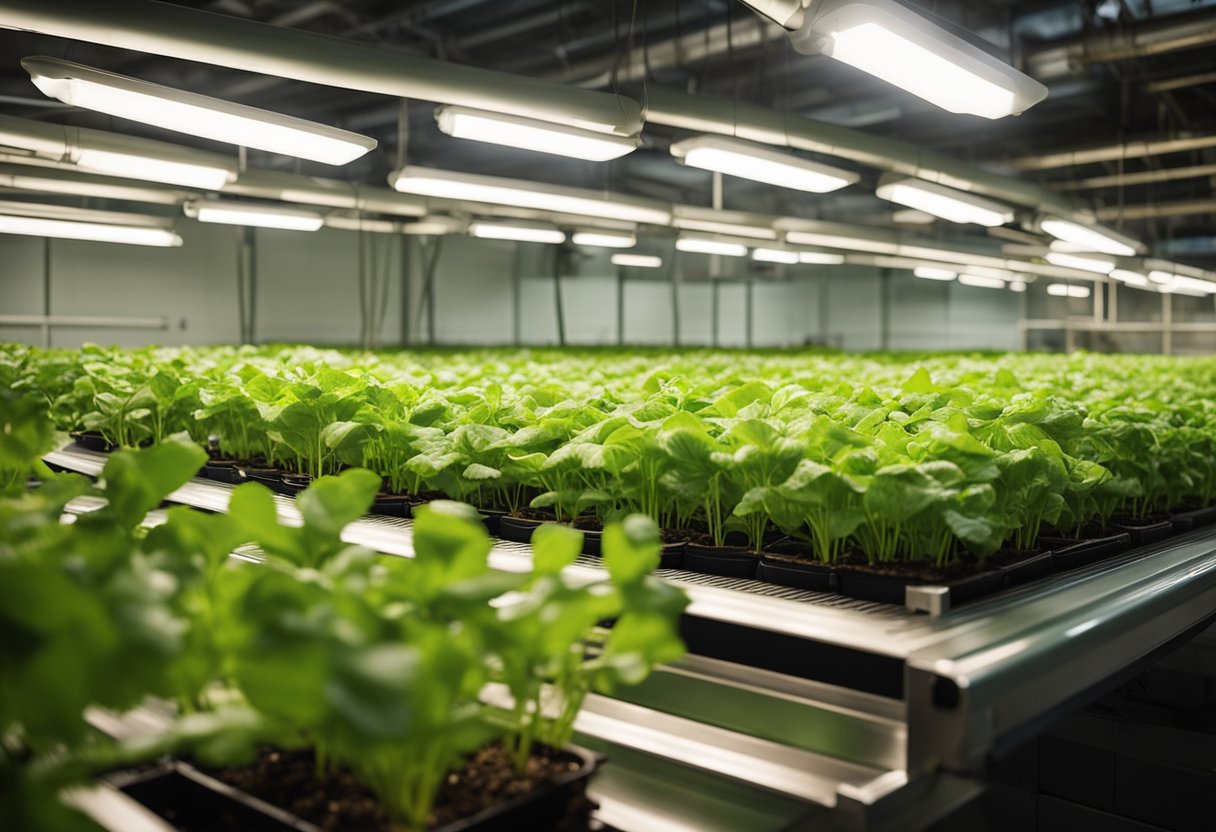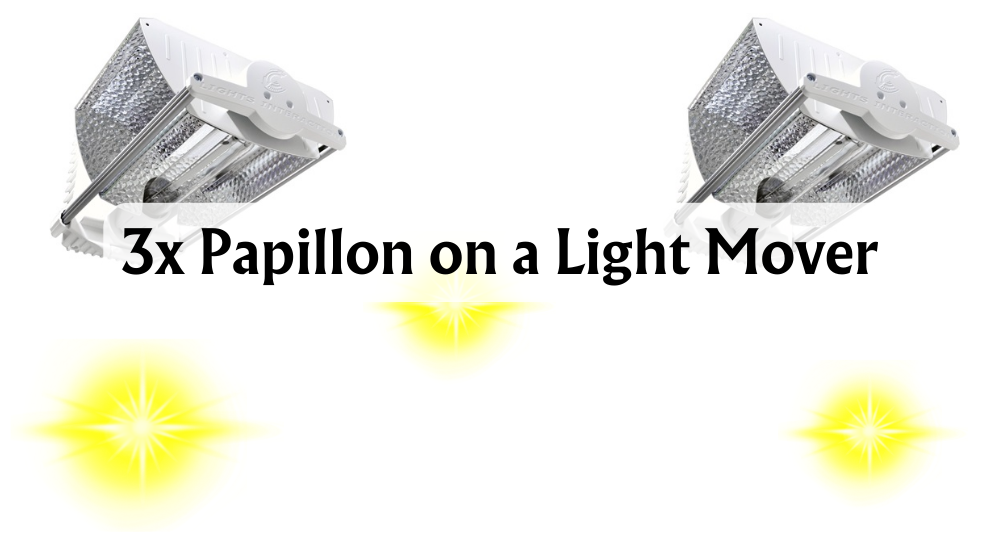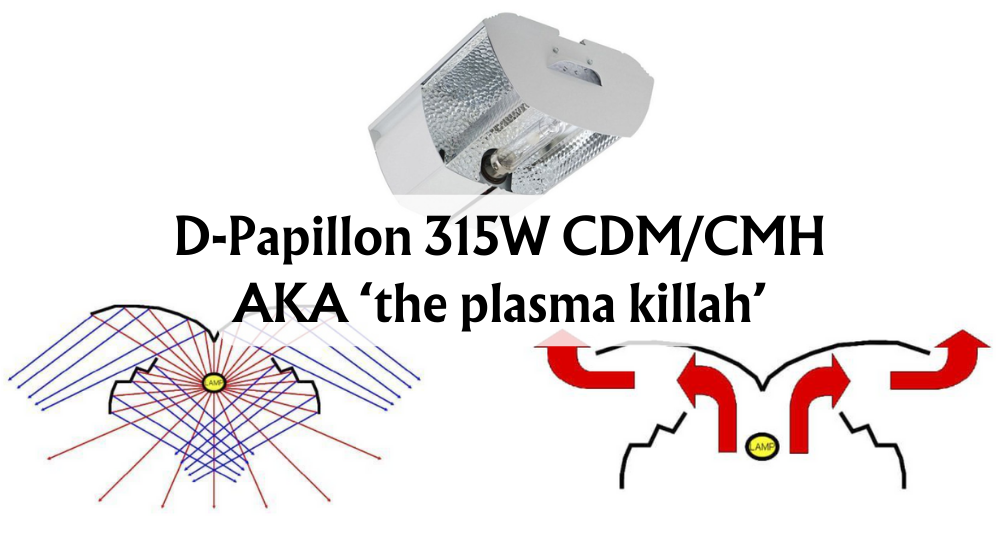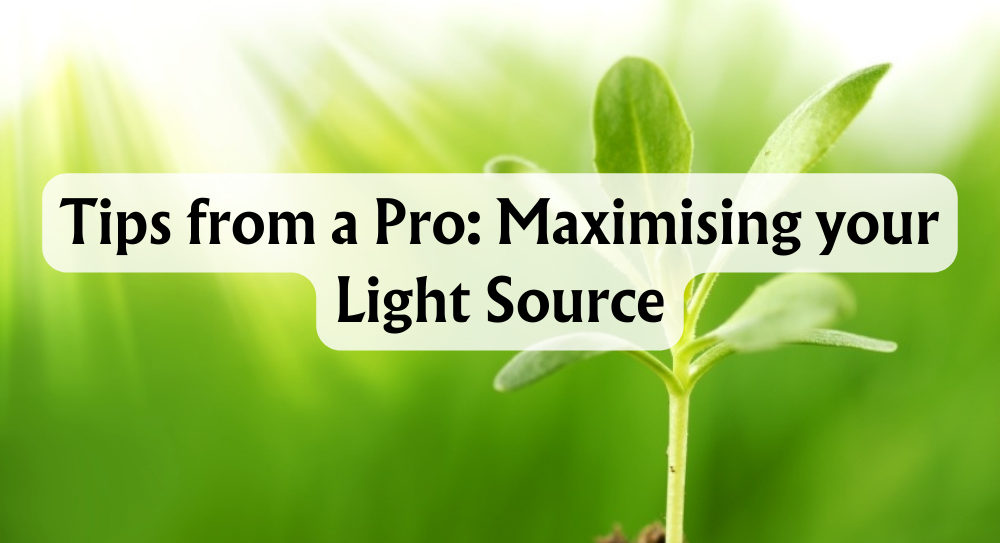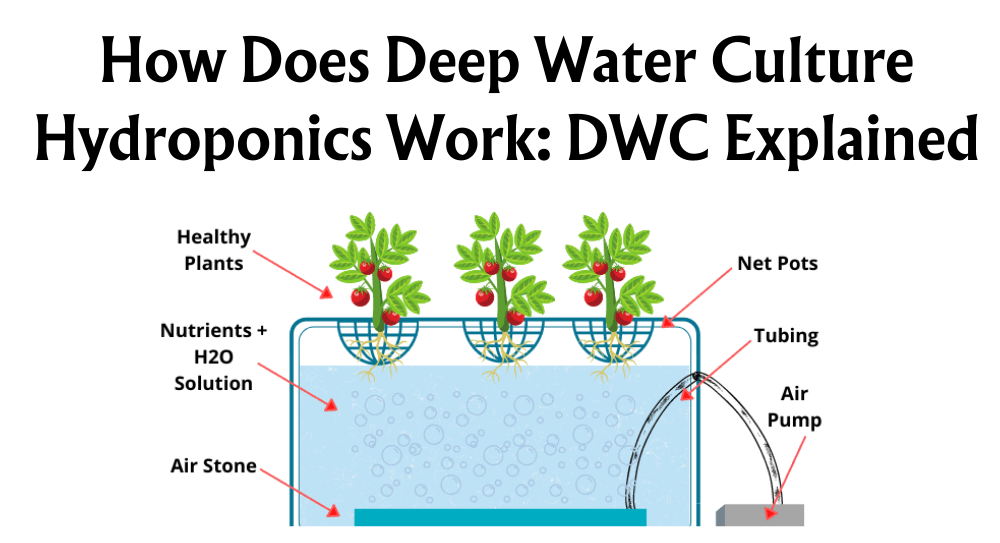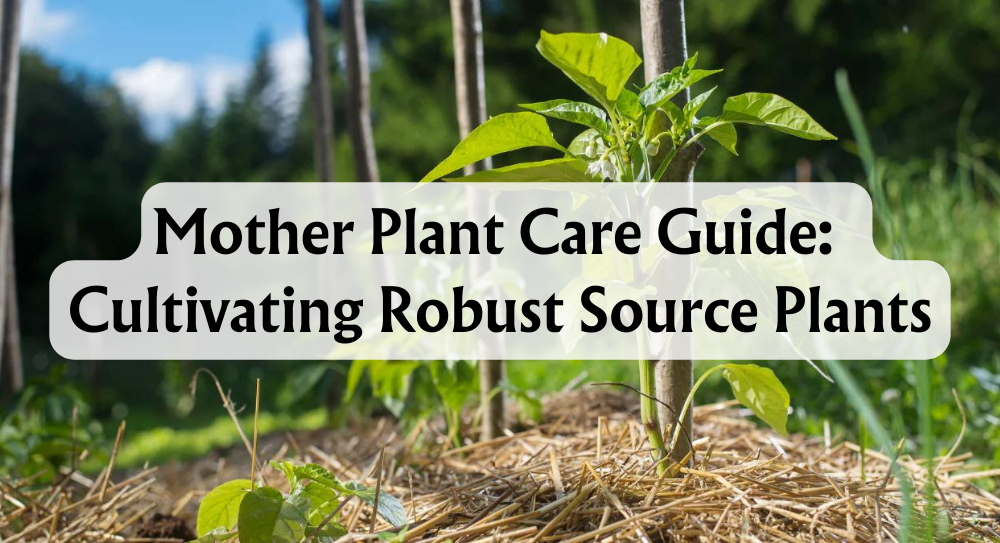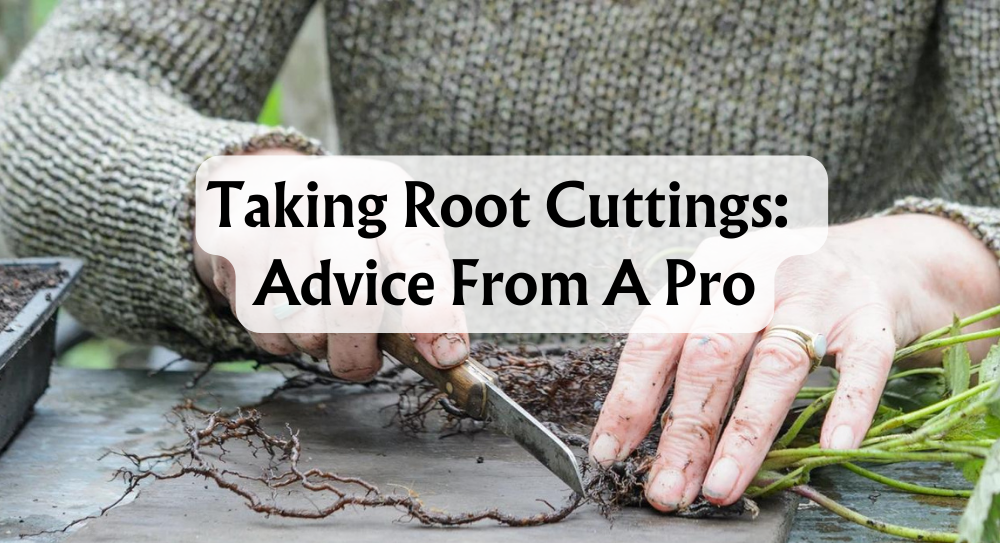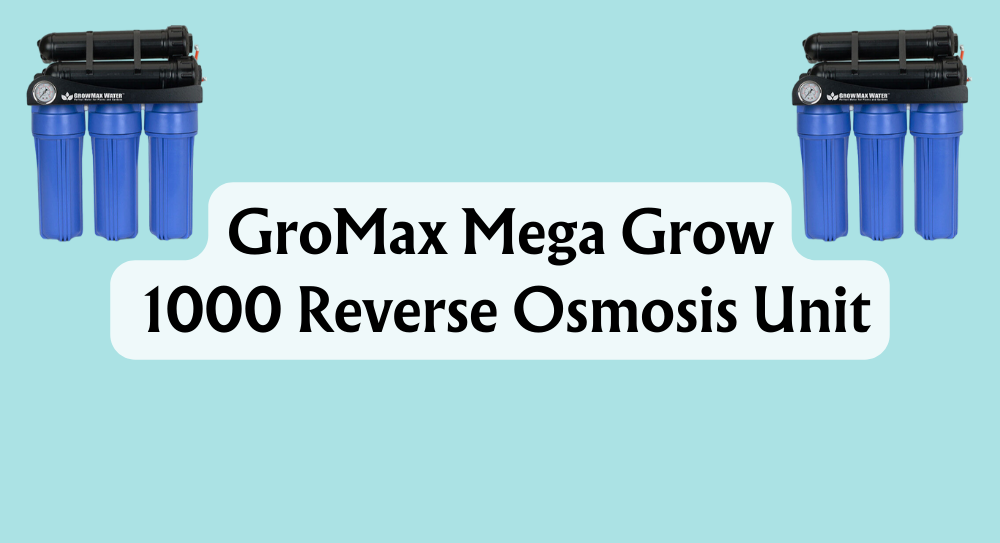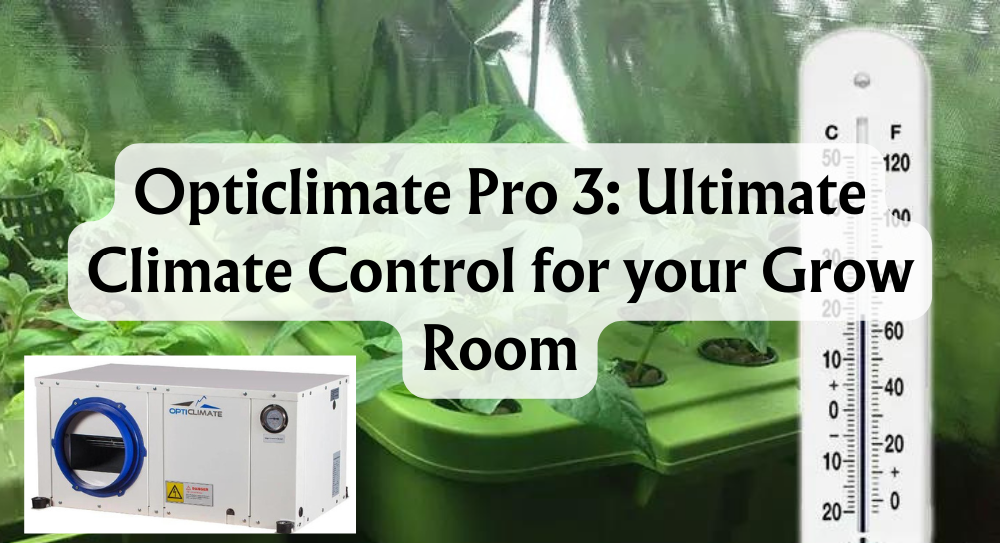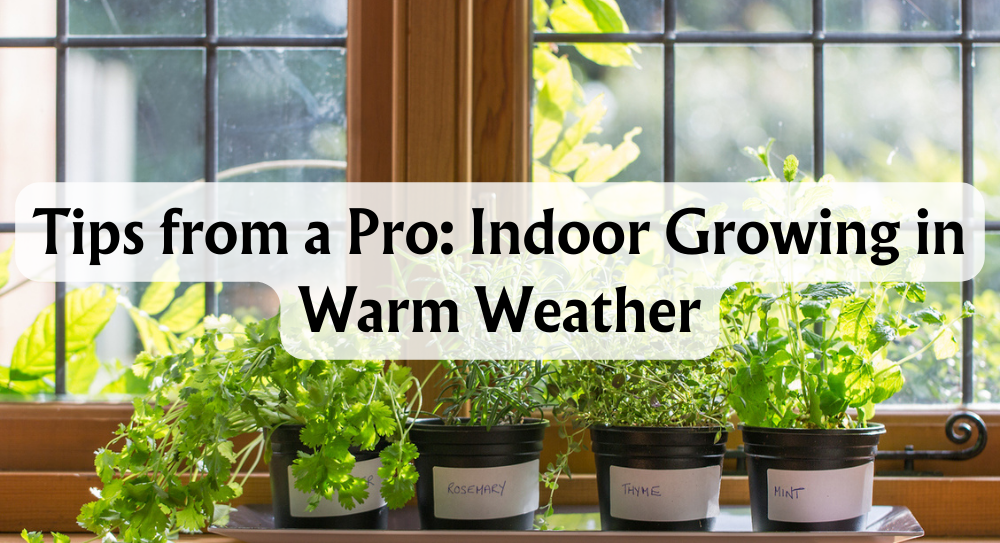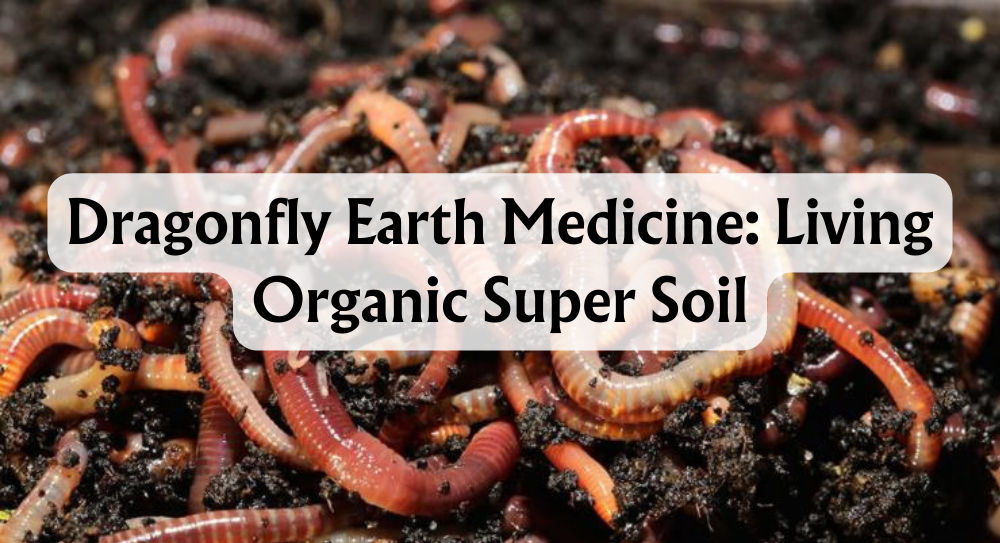Light plays a crucial role in the growth and health of plants, and embracing the full spectrum, including ultraviolet light, can elevate your indoor gardening efforts. Incorporating UVA and UVB light in grow rooms boosts plant growth, enhances potency, and offers protection against fungi and mildew. These benefits make a strong case for integrating UV light into our horticultural practices.
Understanding the nuances of UVA and UVB can be game-changing for plant enthusiasts. While UVA is often associated with enhancing the colour and potentially the potency of plants, UVB is known for its ability to improve plant resilience by targeting harmful organisms. Given its wide-ranging benefits, it’s essential to explore how and when to introduce UV light in your cultivation environment.
As we deepen our exploration of ultraviolet light, ensuring the safety of both plants and growers becomes paramount. By following best practices and being aware of the unique attributes of UV light, we can maximise its benefits while minimising any risks to ourselves and our botanical wards.
Key Takeaways
- UV light enhances growth and protection against fungi.
- UVA improves colour while UVB boosts resilience.
- Safety and correct timing enhance effectiveness.
What Is Ultraviolet Light
Ultraviolet (UV) light is a part of the light spectrum that is invisible to the naked eye. It includes different types such as UVA and UVB, which vary in wavelength and impact on plants. Understanding these types is essential for optimising plant growth in controlled environments like grow rooms.

UVA
UVA rays, with wavelengths ranging from 320 to 400 nanometres, are the longest type of UV radiation. These rays penetrate deeply into plant tissues and play a crucial role in promoting healthy growth and photosynthesis. Since UVA constitutes about 95% of the UV light reaching the Earth's surface, it's the predominant form plants naturally receive from sunlight.
By integrating UVA lights in a grow room, we can enhance energy production, leading to robust plant growth. Moreover, the use of UVA can help stimulate the production of compounds like terpenes and flavonoids, which are vital for plant aroma and flavour. This makes UVA not only important for plant health but also for enhancing desirable plant characteristics.
UVB
UVB rays have shorter wavelengths, ranging from 280 to 320 nanometres, and contain more energy than UVA rays. They are less prevalent due to their absorption by the Earth's atmosphere. In the human context, UVB is known for causing sunburn but it serves different purposes for plants.
Although UVB is scarce under natural conditions, its inclusion in indoor plant growth setups can be advantageous. Exposure to UVB can lead to increased production of certain protective compounds in plants. These compounds are crucial for plant defence and can improve the resilience of plants to environmental stresses. As such, incorporating UVB lighting into a grow room can elevate potency and yield, taking our plant cultivation to the next level.
How Does UV Affect Plants
When we introduce UV light to our grow rooms, it impacts plants in several transformative ways. From boosting disease resistance to enhancing bloom potency and speeding up germination, UV exposure is a game-changer.
Increased Resistance to Stress & Disease
With UV exposure, plants improve their resistance to stress and diseases. This occurs when they produce protective compounds like flavonoids that strengthen their defences against pathogens such as powdery mildew.
The exposure also targets stress-related hormones, helping plants withstand environmental pressures. We notice that plants display increased tolerance to abiotic stress, resulting in healthier growth, more branching, and less susceptibility to environmental fluctuations. The overall robustness extends to resistance against insects, keeping indoor plants safer.
Higher Flower Potency, Quality & Weight
UVB exposure is known to elevate levels of CBD and other secondary metabolites like terpenes and resins in plants. This boost in compounds increases flower potency and enhances flavour and aroma, giving the plant higher quality.
The exposure also leads to greater trichome production. These are the resin glands that contain most of the plant's terpenes, contributing to higher flower weight. Trichomes play a crucial role in plant appeal and efficacy, making UV a valuable asset for cultivators aiming for premium produce with increased value.
Faster Germination
In terms of germination, UV light can expedite the process by prompting faster root growth. This allows plants to establish a strong root mass sooner, enabling quicker nutrient uptake.
During the early growth phases, UV reduces internodal stretching, promoting more compact and sturdy plants. As we have observed, the germination process benefits from UV light exposure, enhancing speed and efficiency, and setting an optimal stage for subsequent growth phases.
By encouraging rapid establishment, plants get a head start, ultimately leading to improved plant growth and development in our grow rooms.
When Should You Give Plants UV Light
In our grow rooms, determining the right time to provide UV light is key to boosting plant performance. UV light can significantly enhance resin production during the flowering stage while being integrated with primary lighting systems like LED grow lights or MH lighting.

How Much UV Do Plants Need
The amount of UV light plants require can vary depending on their growth stage. During the flowering stage, moderate UV exposure often suffices, typically around 2-4 hours daily. Such targeted exposure can help increase resin production, giving our plants that extra "frosty" appearance.
Using UV lights alongside existing lighting systems like LED grow lights is crucial. They ensure the plants receive a balanced spectrum, which optimises growth without causing stress.
Can UV Be Harmful to Plants
While UV light can benefit plants, it's important not to overdo it. Excessive UV exposure can potentially harm plants, leading to leaf burn and reduced photosynthesis. This occurs because UV rays can damage plant tissue if the intensity is too high or exposure is too long.
By carefully managing UV light exposure, we prevent these negative effects. When integrating UV lighting with systems like LED or greenhouse lights, we must ensure compatibility to avoid spectrum imbalances that could stress the plants. Sticking to recommended exposure durations promotes healthy and robust plant growth.
Safety Tips While Using UV Light
When using UV light in our grow rooms, safety is paramount. Proper protective measures help safeguard both our plants and ourselves from potential risks. Regular maintenance of equipment and careful monitoring of plant responses are essential.
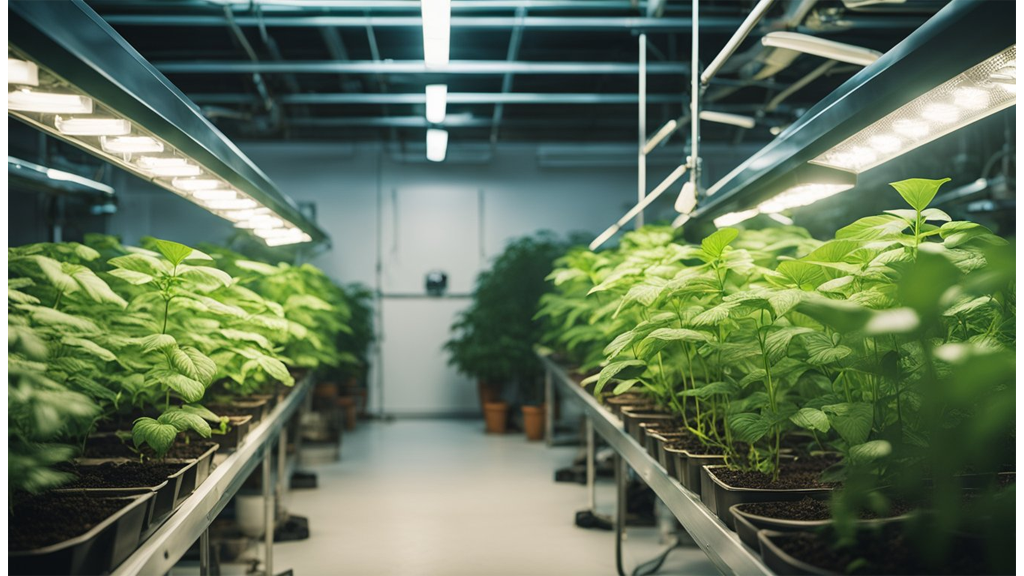
A Guide to UV and UVB Radiation
UV and UVB lights are powerful tools in enhancing plant growth, but we must handle them with care. Ultraviolet radiation can be harmful to skin and eyes, so protective gear is a must.
We should always wear UV-blocking eyewear and long-sleeved clothing to prevent exposure. Finding the right balance of light intensity and duration is crucial to avoiding damage while reaping the benefits.
To prevent overexposure, we need to keep track of the time spent under UV lights. Limiting direct interaction with these lights helps reduce any health risks. Additionally, maintaining a safe distance from the UV source ensures we stay protected.
The Hazards of UV and UVB Radiation
While UV lights offer many benefits, there are certain hazards we cannot ignore. Direct exposure to UV radiation may lead to burns or eye injuries. Hence, implementing safety protocols is vital.
Regular inspection and cleaning of UV light fixtures ensure consistent performance. Replacing bulbs according to the manufacturer's guidelines maintains optimal functioning. Ignored maintenance can result in uneven light distribution, potentially harming plants.
We must also monitor our plants for signs of UV stress, such as leaf discolouration or wilting. By adjusting exposure levels promptly, we can protect our plants from damage. Observing these signals enables us to fine-tune our lighting setup effectively.
Conclusion
Incorporating UVA and UVB lighting in our grow rooms can significantly enhance plant health and growth. These types of light can improve yield, boost quality, and enhance resistance to pests and diseases.
There are several benefits to consider:
- Increased Growth Rate: UV light can speed up the growth process and improve photosynthesis rates by up to 12%.
- Enhanced Nutritional Quality: Plants grown under UV light can sometimes have better nutritional profiles.
- Disease Prevention: UVB light acts as a protective layer, helping to sterilise fungi and prevent infestations such as powdery mildew.
While the benefits are promising, it's important to approach with care. Experiment gradually and monitor our plants closely to ensure they're responding well.
Venturing into the world of UV lighting should be done with enthusiasm but also with caution. Proper management of UV light can make a noticeable difference in our plant yields and quality while avoiding unwanted stress on our plants. Let's embrace this step towards a healthier and more fruitful grow room.







 Store Locator
Store Locator
